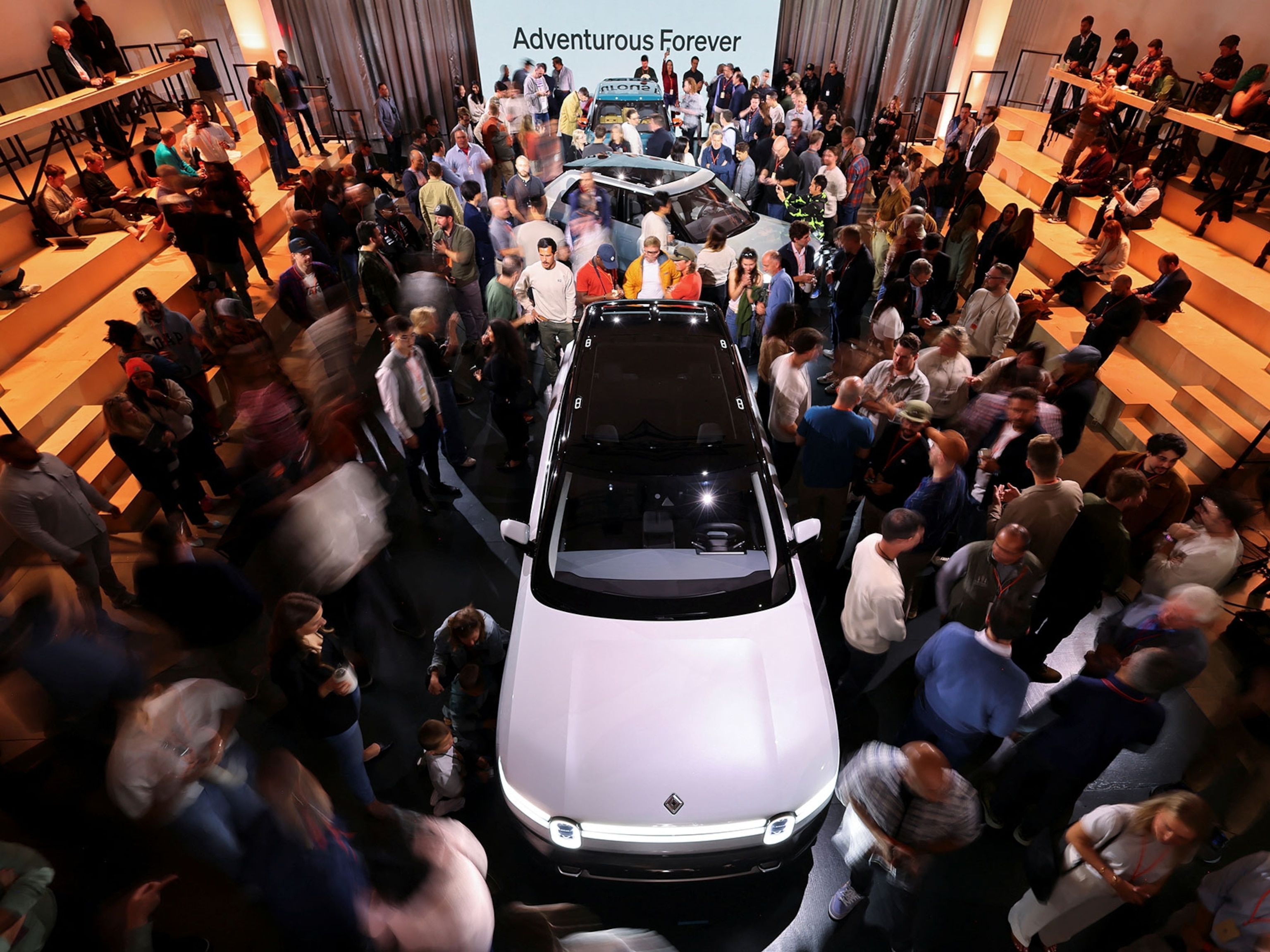
Interested in an electric car? Here's what you should know before you buy.
The number of electric vehicles purchased in the U.S. is projected to skyrocket. But the coming revolution still elicits concerns, from drivers' "range anxiety" to environmental angst over battery manufacturing.
The electric vehicle (EV) business is booming.
Globally, 14 percent of new cars sold in 2022 were electric, an increase from nine percent in 2021 and just five percent in 2020. Through the first quarter of 2023, sales were up 25 percent over the same period last year.
The attractions of EVs are clear: they do not run on environmentally taxing gasoline or ethanol. They have zero tailpipe emissions. They are quiet. They require less maintenance than gas-powered vehicles. Some can, in a pinch, even provide electricity for your house.
But the new wave of EVs is not without its downsides. The batteries that power EVs require intensive mining, and the electrical grids juicing up cars are often powered by fossil fuels.
Still, many—from the federal government to environmental groups—say EVs are the future.
Plus, says Fred Lambert, the lead writer for Electrek, a news and commentary site reporting trends in electric transport, “they’re so much more fun to drive.”
Who’s driving EVs?
China accounts for 60 percent of global EV sales, with Europe and the U.S. the second and third biggest markets respectively, but sales, although small, are also increasing in newer markets such as India, Thailand, and Indonesia.
EVs have made a far bigger dent in some countries than others.
In Iceland, for example, EVs account for 60 percent of new car sales, while in Norway that figure is in excess of 80 percent. In contrast, a mere 4.6 percent of new vehicle buyers in the U.S. bought EVs in 2022, although closer to 20 percent did so in California; but analysts have predicted that in a little over a decade that figure could be more like 45 percent.
How far can they go?
Not everyone is convinced that EVs are for them.
One issue that is frequently cited as a concern is "range anxiety"—the fear that an EV will simply run out of charge during a long journey. That anxiety is exacerbated by too little charging infrastructure—there are about 46,000 charging stations in the US, compared to about 150,000 gas stations—and some of those charging stations can be unreliable and prone to malfunctions.
However, Tesla has begun the process of opening its superchargers, which are considered the most reliable, to other EV brands; and the Biden Administration is providing $7.5 billion for a massive increase in a reliable American charger network.
The range of many EVs has also increased: the Lucid Air offers a claimed range of 500 miles, while several other options are available with ranges comfortably in excess of 300 miles.
Lambert has successfully driven a Tesla Model 3 Performance on a road trip that spanned from Montreal to New Orleans.
“And I had no problem, never had any range anxiety at all, and that was almost 2,500 miles,” he says.
Most people, he notes, do not need to drive that far; the average commute in the U.S. is approximately 30 miles a day.
Plus, adds, Jim Motavalli, auto columnist for Barron’s, “when people buy EVs, they’ll find that 85 percent of their charging is at home anyway. You’re not actually going to need or want to use public chargers most of the time.”
Do EVs have an environmental cost?
Some studies have shown that manufacturing their batteries and constructing the cars themselves can create more greenhouse gas emissions than that of a traditional gas-powered vehicle.
Battery production alone can account for as much as 60 percent of the total carbon emissions in an EV’s manufacture. However, the majority of carbon emissions generated by traditional vehicles are a result of the fuel they consume over their lifetimes; once they have rolled off dealer lots, a gas-powered car’s carbon footprint soon greatly exceeds that of an electric vehicle.
Electric vehicles also only reach their full sustainable potential when the electricity powering them comes from renewable energy. In most locations, the electricity used to charge vehicles is generated at least partly by coal or gas.
Additionally, there are real concerns about the environmental and human impacts of mining components such as lithium for EV batteries
Improvements in mining techniques and battery production could mitigate these concerns, as well as the development and increased deployment of new batteries that last longer and hold more charge. Additionally, argues Lambert, the EV battery recycling industry has potential to grow over the coming years, and new cars could be built with recycled metals.
Too many cars on the road?
Another criticism is that aiming to replace traditional cars with EVs doesn’t address the fact that there are too many cars and thus too many roads and highways and too much suburban sprawl—an argument with which even electric vehicles’ most ardent defenders tend to agree to with.
“Unfortunately, EVs don’t solve the gridlock problem,” says Motavalli.
But, as writer Noah Smith notes, transitioning to EVs and reducing sprawl aren’t mutually exclusive. He argues that, in addition to making suburbia denser through, for example, changes in housing policy and the development of commuter rail, “we should take advantage of the EV revolution to add electrified buses, e-bikes, and other alternative modes of transportation to make suburbs easier to get around.”
Even with more transportation options, he notes there will still be a lot of cars—car ownership is high even in densely-populated, mass transit-rich nations such as Japan and the Netherlands. Switching from gas-guzzling to electrified transport not only makes sense, it’s inevitable, he says.
“I tell people to go drive one and see for themselves,” says Lambert. “Do the math. And let your logic take over. When you do, you’ll always end up with electric vehicles. It's the more logical solution every time.”







